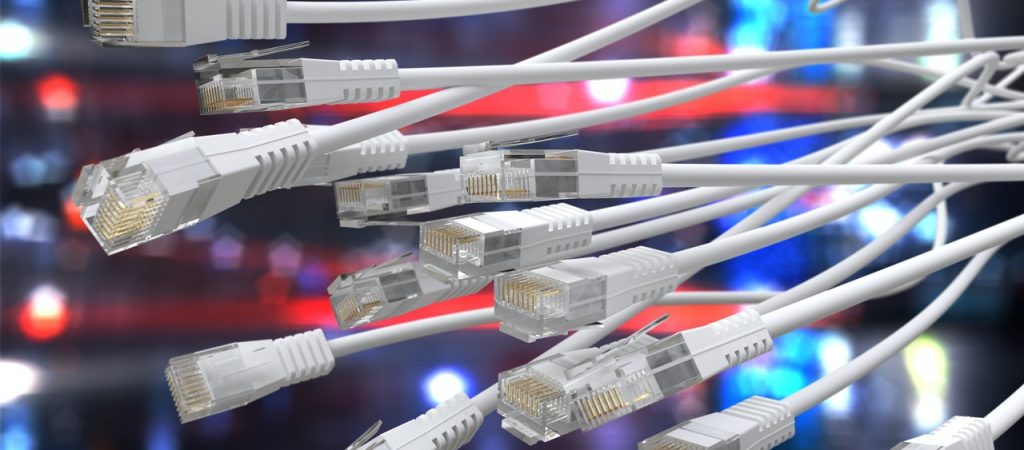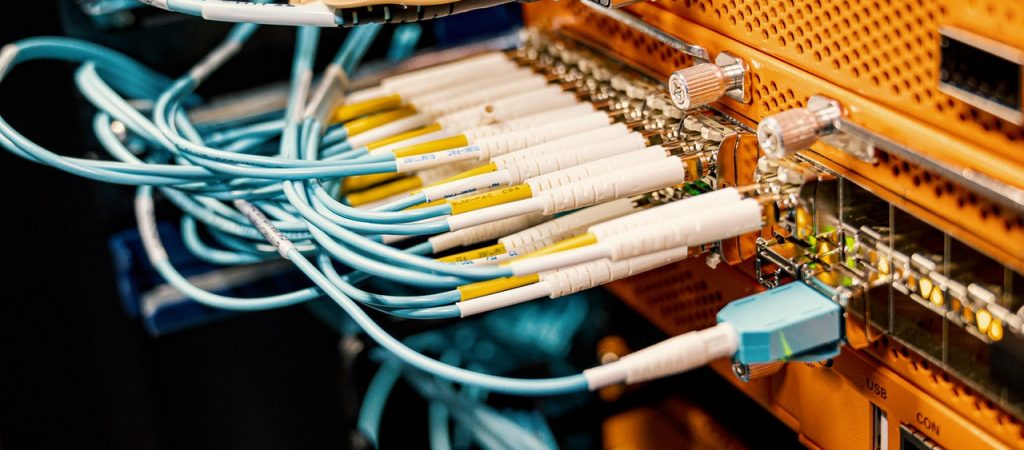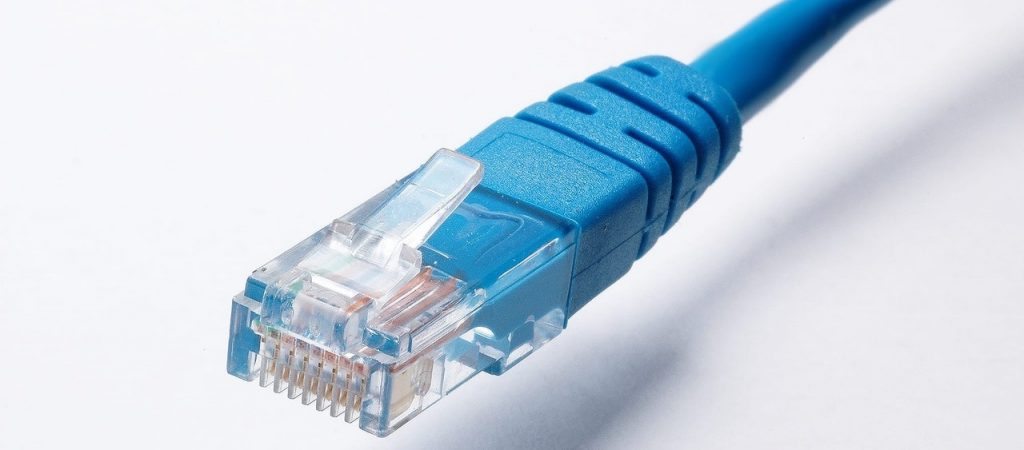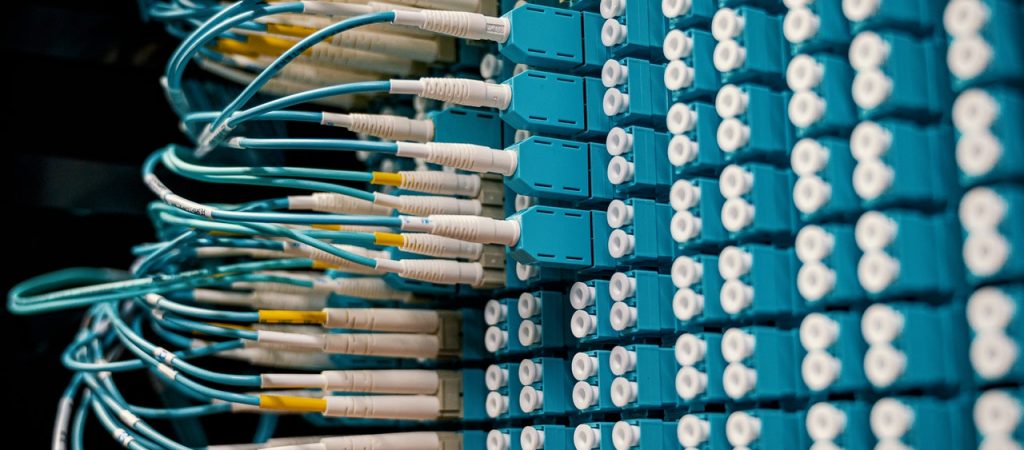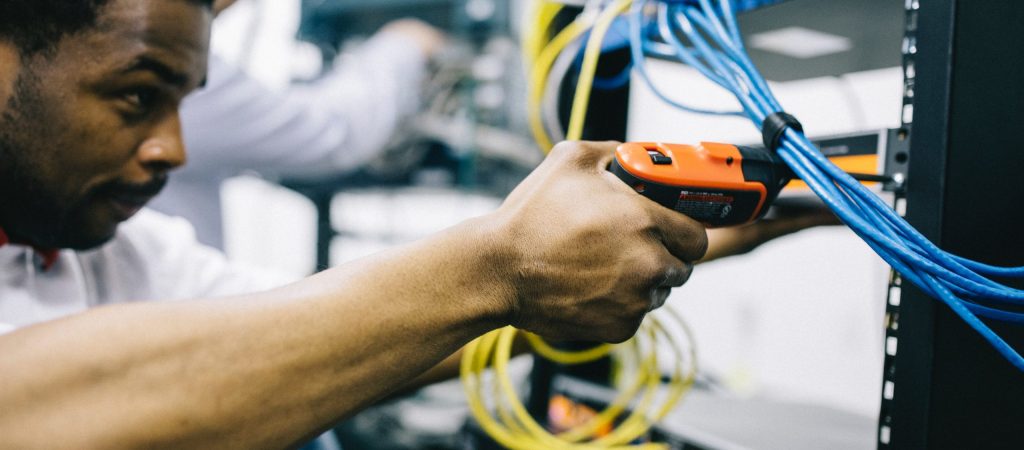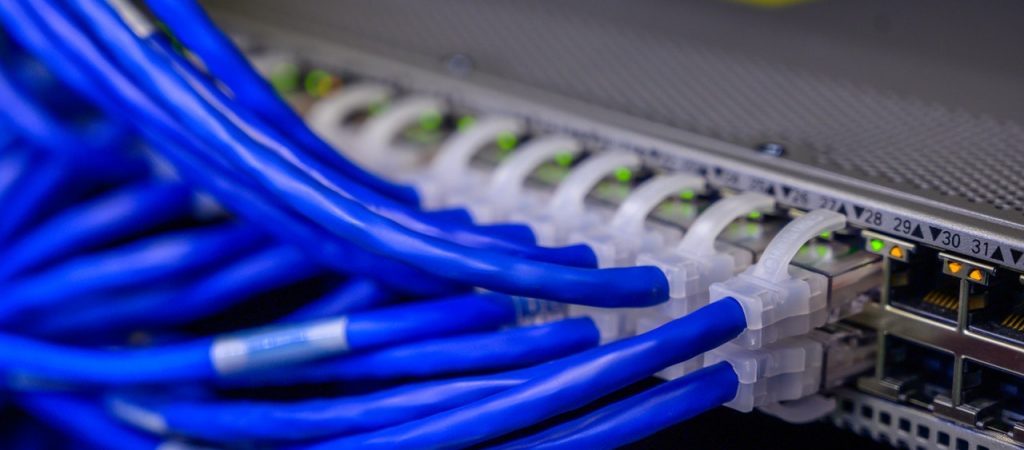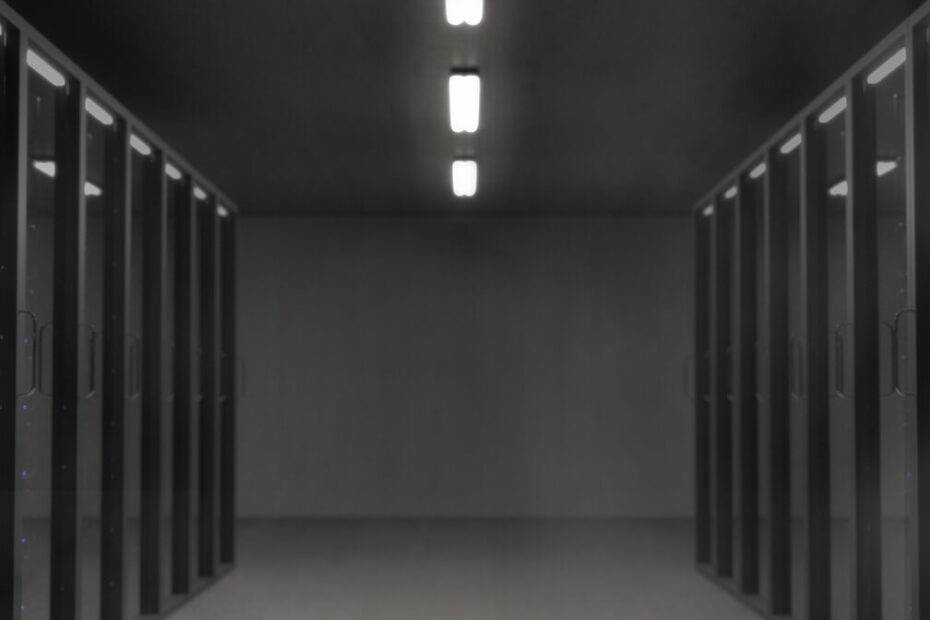What is Structured Cabling?
Feel confident while you choose us!
Structured Cabling plays an important role in dealing with complex and specific cabling. As a data transfer system, a structured cable supports data, voice, video, and various management systems such as security access and power system. Well, what is formal cabling? This article will discuss the importance of formal cable and provide tips for formal cable installation. A well-designed and installed structural cable installation system provides cable infrastructure that delivers predictable and flexible performance to suit movement, extensions, and variables; increases system availability; provides unwanted; and future proof of the use of the cable system.
Let's design a killer technology strategy together.
Strategic IT Business Roadmap
PLANNING & CONSULTING
Healthcare
Image Accordion Content Goes Here! Click edit button to change this text.
Construction
Image Accordion Content Goes Here! Click edit button to change this text.
Retail
Image Accordion Content Goes Here! Click edit button to change this text.
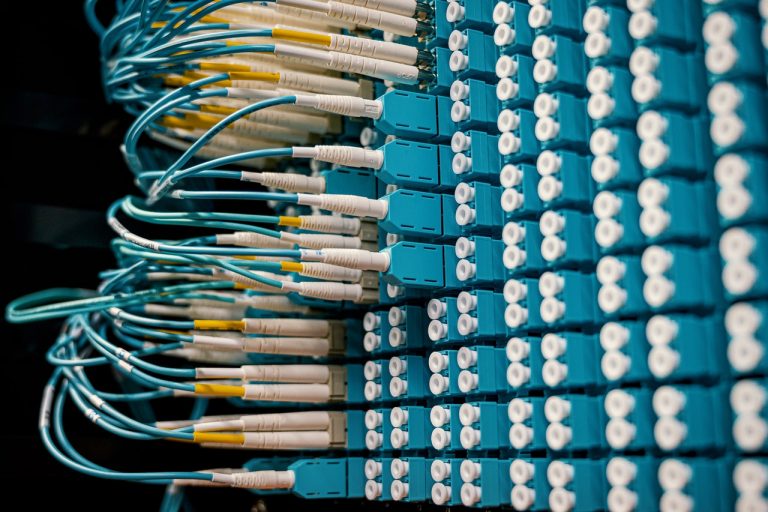
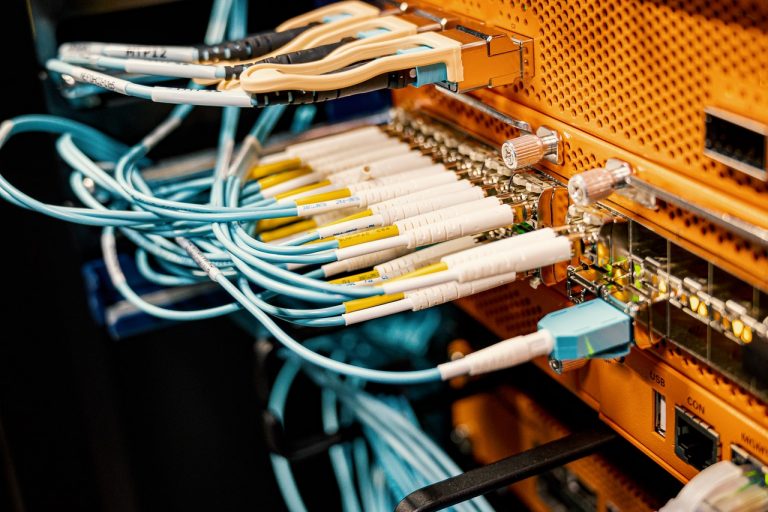
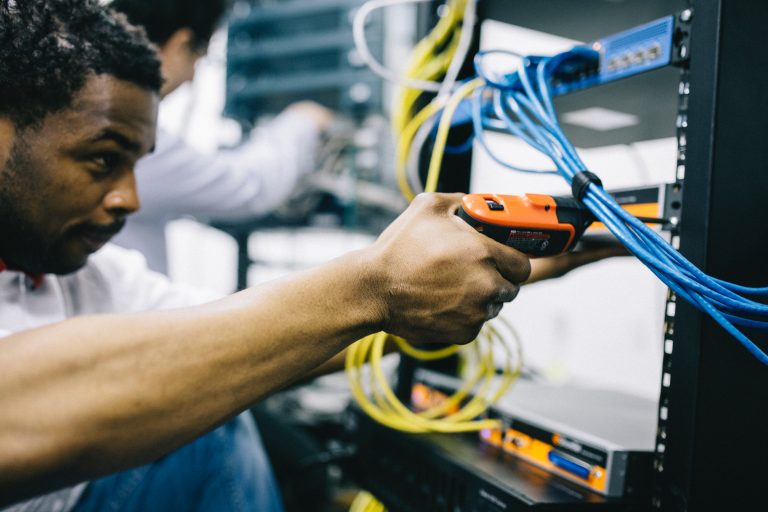
Structured Cabling vs Conventional Cabling
In a structured cabling system, a series of patch panels and trunks are used to create a structure that allows for hardware ports to be connected to a patch panel at the top of the rack.
Below are diagrams of the standard cable solution and point-to-point cable. The diagrams show the basic ways to use the cable. You will see different parts and components of the cable structure involved. Seeing the two ways of connecting the cable helps to show how the two systems are different and that systematic cable solutions offer fewer benefits.
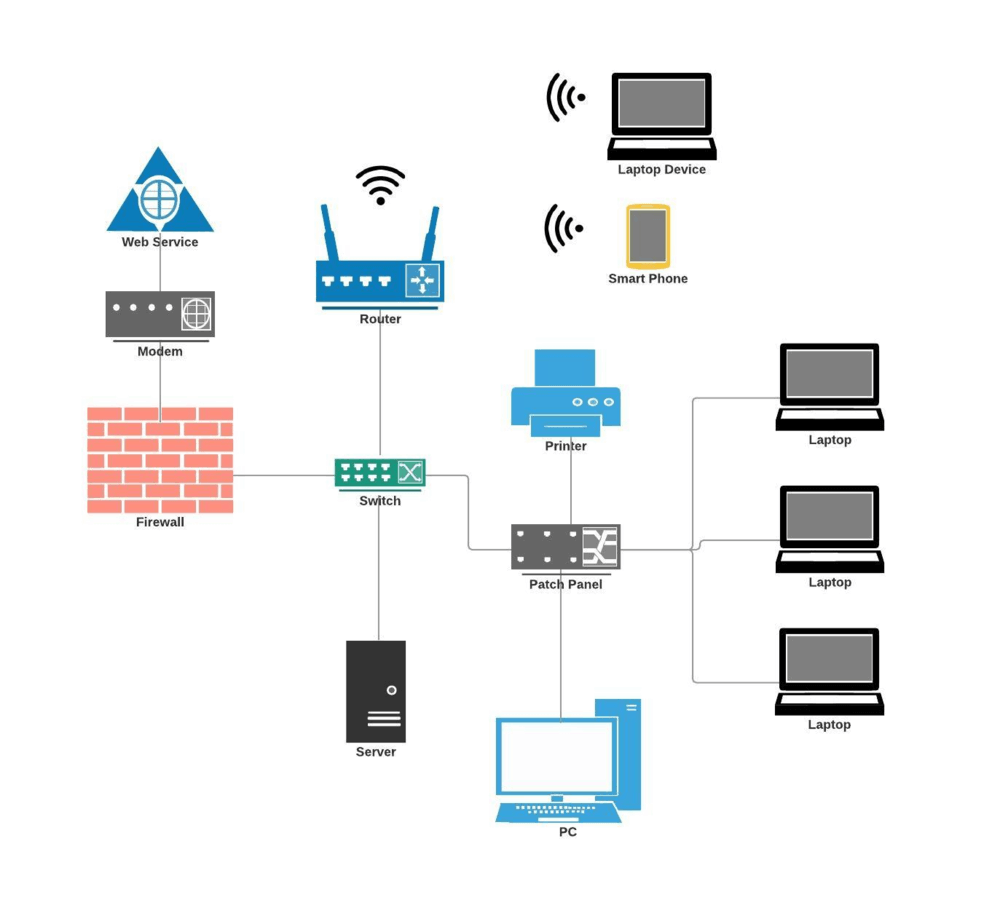
Your connection may be at risk
Downtime: With dirty and unstable cable infrastructure, common faults such as faulty holes are not connected or worse, cable abuses that get in the way. Attempting to remove a single cable from a large congested area may create stress on some cables. This stress can lead to network and channel errors in the hardware that are very difficult to follow.
Air flow: When a point-by-point method is used, the front and possibly the sides of the switch are compressed by a large amount of cable. This prevents the airflow that the heater needs to operate. This also translates to cooling down; cable overcrowding in this space restricts the flow of air to the computer room air conditioning unit (CRAC) and can cause cooling problems.
